When Aarushi Talwar was seven years old, her best friend died in a tragic swimming-pool accident. Their school, DPS Noida, planted a tree in the memory of the child in the junior-school park. Every morning hence, for seven years, little Aarushi would head first to her friend’s tree and pour the full contents of her water bottle, even if it meant walking from the senior school to the junior one and back in later years, and turning up 10 minutes late to class. It was a daily ritual she continued – much to the exasperation of her friends who ended up being late too – till she was on the cusp of turning 14, when, in a murder that continues to grip media attention five years later, she lost her own life, lying in her own bed.
Days before a CBI court in Ghaziabad is to announce its verdict on the controversial murder case, Dr Rajesh and Dr Nupur Talwar, who are the prime accused for the murder of their daughter, find solace in relating anecdotes from her life and looking desperately for the meaning in the unimaginable tale of grief, suffering and frustration they have been subjected to over the past five years.
When Aarushi was 12, her father went on a trip to the US, and like any doting father, brought back a large bag full of goodies – flowery hair clips, lip gloss, costume jewellery, odds and ends – for his only child, the child on whose limbs he would apply Odomos thrice a night when dengue was in the air. It was a father-daughter thing – he had brought home a gift for her every single day when she was little, so much so that the shopkeeper of the toy shop in Hauz Khas where Rajesh had his dentist’s clinic joked that he’d run out of things to sell him. The day after her father’s return, Aarushi took a bag containing half of those precious American knick-knacks to school. When her mother asked why, she named the friend she was taking it for. “Her father is no more, so my father can bring things for her, can’t he?” said the tender-hearted adolescent.
But then, Aarushi – who was labelled “characterless” by the UP police – was always wise beyond her years. A brilliant student, poet and writer, she was not only a class topper but was also extremely popular with students and teachers alike. When she once wrote an essay for her English class describing her bedroom, admitting that she had named the tree outside her window ‘Johnny Depp’, her teacher, tickled pink, passed the essay around all other classes. Harry Potter’s antics weren’t enough for her; Aarushi needed something more mature – like Shantaram. A few days before the fateful night in April, 2008, when she and the family’s middle-aged housekeeper Hemraj Banjade were murdered in their Noida home, she had been reading her father’s book on the condition of women in Iraq. “How fortunate we are to live in a democracy,” said her father to Aarushi as they discussed the book’s contents.
An Incredible Loss
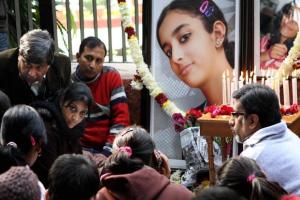
“And this is how a democracy treats you,” says the 48-year-old bereaved father, sitting under a large framed portrait of Aarushi in the living room of their apartment on Aurobindo Marg in Delhi, where they moved in a year after her death. For Rajesh and Nupur, charged for the murder of their own daughter by the CBI, the country’s premier internal investigative agency, there is life before Aarushi and life after Aarushi, and it doesn’t really feel like it belongs to the same set of people. “We had the perfect life, full of happiness and laughter,” says Nupur, 47, wrapping her dupatta around her on this chilly winter evening just after dark. “And then after Aarushi, it’s like the thread of our lives has gone unravelling – it’s all just downhill from there. It seems surreal.”
Their living room in fact has several other large framed photos of Aarushi at different ages. “People would remark on Aarushi’s pretty looks, and I would tell Nupur, let’s put some tikka on her to ward off the evil eye,” says Rajesh, taking off his glasses and rubbing his eyes. There also hangs a large painting copied from Aarushi’s photograph published in the newspapers – there is gentleness and peace in the painting. The Talwars don’t know who made it. “Someone left a package at our doorstep when we were out; it was this painting. Out of all those people out there who judge us and hate us based on what the police and media have said, there are still a few good souls who care about what we’re going through,” says Nupur.
Rajesh, a Punjabi, and Nupur, a Maharashtrian, met at Maulana Azad Medical College in Delhi, and married in 1990. Aarushi was born four years later. Rajesh had no interest outside of his work, and Nupur was happy to balance her career as an orthodontist with childcare duties once Aarushi was born, so, in a sense, their after-work life revolved around her activities. “On Saturdays, Rajesh would never work after lunch. He’d take Aarushi to the movies, for shopping, for playing something somewhere,” says Nupur with a sad smile. “We took a conscious decision to have only one child and give her the best of what we’d got. Aarushi was our biggest achievement,” adds Rajesh. “She was my life. After her, my life is finished.”
A Tale of Two Indias

There is the grief of losing one’s child in a horrific way, and then there’s the grief of being accused of it. After a chaotic few days of disorganised investigation, botched evidence, uncontrolled public access to the murder site, and a traumatic cremation dictated by the elders in the family, Rajesh was arrested for his daughter’s murder. “The Noida police told us, ‘Don’t speak to the media,’ so we didn’t. But then a week later, when they came to arrest me, we realised the media had blindly believed what the police said, without hearing our side of the story,” says Rajesh.
The tale only got murkier and murkier. The UP police, led by Meerut Zone’s Inspector General Gurdarshan Singh, held a hasty press conference to announce that Dr Rajesh Talwar had been arrested for killing his daughter as she had found out he had been having an affair. “(Rajesh) found Aarushi and Hemraj in an objectionable, though not compromising, position. He killed her in a fit of rage even though he is as characterless as his daughter was,” said the noble IG Singh. This last judgement they appeared to have deduced because the child was active on social networking sites and used a cellphone. Rajesh spent two months in prison before getting bail; Nupur spent five.
A major part of the problem the Talwars faced was in the wide gulf in perception between the modern and the conservative Indias that coexist uneasily. “Aarushi had been reading Chetan Bhagat’s The 3 Mistakes of My Life on the night of her murder. I told the police to take it with them, in case they could use it for fingerprinting purposes or whatever. They found the title very suggestive and gave each other looks, asking me if it meant she had made three mistakes,” says Rajesh with some astonishment.
“Aarushi had a sleepover planned for her 14th birthday on May 24,” adds Nupur. “But when I mentioned this to the CBI officer assigned to the case, he was scandalised. ‘What’s a sleepover? What do they do? Are there any adults?’ What can I tell him? That the girls put on music and dance crazily and raid the fridge while we wait for them to fall asleep?” In the old world of the UP police and the CBI, there is no room for Orkut, Facebook, endless phone conversations and teenage sleepovers. Anyone who goes there is suspect.
Trial by Media
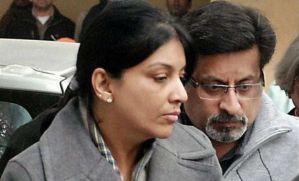
While the authorities played their part in creating this image of a murderer father, an extramarital affair and their ‘characterless’ daughter, the media was equally quick to catch on. “It’s all about TRPs,” says Rajesh vehemently, sharing that his lawyer was offered Rs 2 lakh by a reporter for an exclusive interview with the Talwars, to be televised no doubt with much advertising. “Even when the first CBI team handling the case (led by Arun Kumar) got evidence Krishna (a former employee at Rajesh’s dental clinic and Hemraj’s friend) and two others were responsible for the murder, the media only sought to highlight the UP police’s theories of the ‘monster parents’,” he says, referring to malicious reports, including an article and Tweet by columnist Shobhaa De at the time. “She (De) actually suggested that Aarushi was not our biological child!” he says, shocked even now at the thought of it. “The doctor at Ganga Ram hospital who had delivered her called us up the day the article was published and asked, ‘Eh ki (Punjabi for ‘What’s this’)? I have delivered her, I know whose daughter she is,’ she said. But no one checked the truth before jumping to such conclusions!” he says.
In 2010, the CBI closed the case due to lack of conclusive evidence, but the Talwars insisted they continue with their investigation and find the murderer. A new Lucknow-based team led by AGL Kaul was assigned to the case, but instead of pursuing the previous team’s theories, they reverted to the UP police’s version of the story and appeared strangely hell-bent on proving that it was the Talwars who were the killers. Forensic experts changed their testimonials; a pillow cover with Hemraj’s blood found in Krishna’s bedroom – something that in any other circumstance would have been enough to clinch the burden of guilt – was written off as a typing error; crude comments were made in court to explain the enlarged penis on Hemraj’s corpse; new theories of a sexually active teenager were floated in the media.
And while the investigation was going on its own skewed path to nowhere, all attempts by the Talwars for better efforts fell on deaf judicial ears. Their pleas to the CBI to have a whisky bottle found at the scene with Aarushi’s blood on it be sent to an FBI-approved lab in the US for testing were written off; their appeal for 13 witnesses, including those listed by the CBI themselves, to be interrogated in court were turned down; Aarushi’s and Hemraj’s missing cellphones led to a dead end, with the CBI showing no interest in further investigation.
Agonisingly for the Talwars, even the biggest media houses insisted on taking only the CBI’s point of view. A January 2011 cover story published by India Today suggested that the Talwars had manipulated the crime scene, and were feigning ignorance: “The parents of Aarushi, Nupur and Rajesh Talwar, seem to have slept through an incredible amount of activity in their small flat. They claimed their bedroom door was shut and the air-conditioner turned on.” The story had accompanying images of the child’s dead body – pictures that were police property and should not have been published at all. An advocate filed a PIL against the sensationalised media coverage but the case did not lead to any conclusive outcome.
All ‘media ethics’ went flying out of the window when it came to Aarushi, says Nupur. “In other cases (such as the December 2012 gang-rape), they are all very ethical about not using the victim’s name or pictures. In our case, no such discretion was followed. On the contrary, there was blatant character assassination on all fronts,” she says, adding that what pains her the most is the way the police and media stripped her daughter of all dignity. It only added to growing animosity and public anger against the parents; so much so that Rajesh was stabbed with a meat cleaver by a crazed attacker outside court.
Seeking Answers

But there was also support from unexpected quarters. A 14-page chapter in Patrick French’s book India: A Portrait was dedicated to Aarushi’s case, one of the first few to present the Talwars’ side of the story. The Toronto Star carried a piece by Nupur’s cousin, supporting the family. Tehelka ran a large cover story in June this year, with senior journalist Shoma Chaudhary going into every file and sentence that was part of the case, and declaring the Talwars’ situation to be ‘Kafkaesque’. Top lawyers represented the Talwars in court pro bono. Family chipped in with finances since their dental practice was down to negligible, having to scurry between courts across states. Old patients stoically stood by them; neighbours offered condolences and expressed shock.
“It is only by the grace of these people that we are still here and able to have this conversation,” says Nupur. “That and our complete faith in God.” The Talwars took to prayer and studying the Bhagwad Gita, looking for meaning in their excruciating experiences. “People say, there’s something to learn from all this – endurance, patience, something. But I can’t see the learning or meaning in any of this,” says Nupur. “We were a normal, happy family one day, and then overnight, it’s become a living hell.”
Rajesh credits his wife for being the rock in the relationship. “She gives me strength, even when I become weak and falter.” Nupur, on her part, says it’s all for Aarushi. “I just remind myself of her and that is enough to give me the courage to push through all this, without losing our sanity or breaking down.”
What will they do if the court rules in their favour? “We’ll continue to seek the truth,” asserts Rajesh. “Until we find the real killers, there is no closure for us.”
What if the court rules against them? They both shrug, their lips tight in determination. Nupur responds after a pause, as if the answer is obvious, “We will keep fighting. Even if the whole world is against us, we have the truth on our side. That’s what keeps us going.”
Note: This is the full-length, unedited version of the interview first published on Newslaundry.com
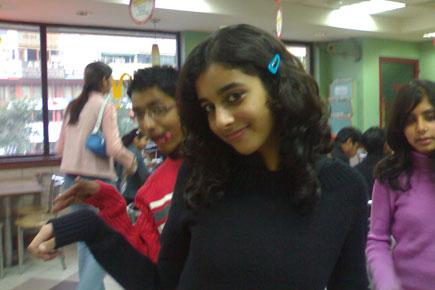


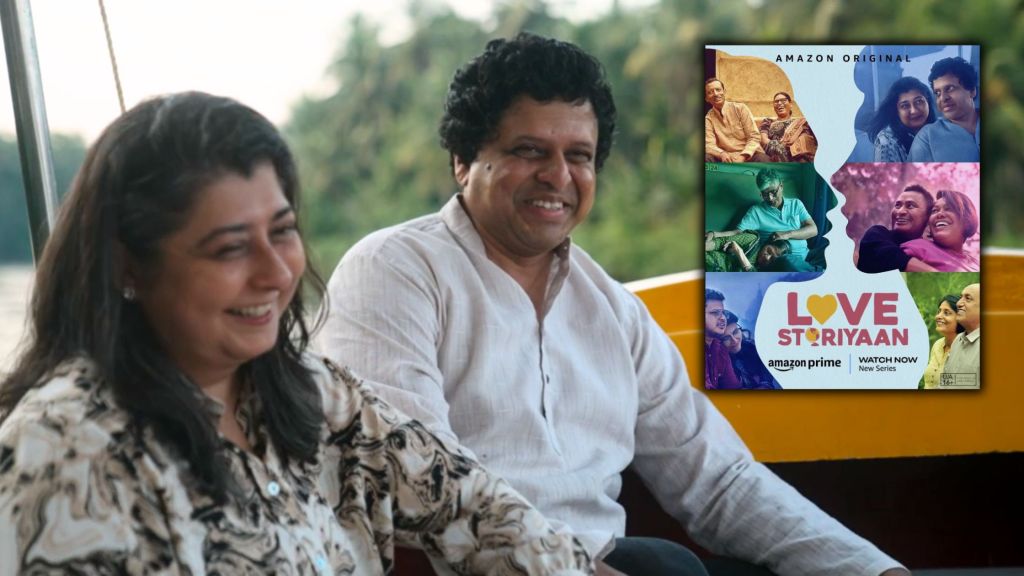



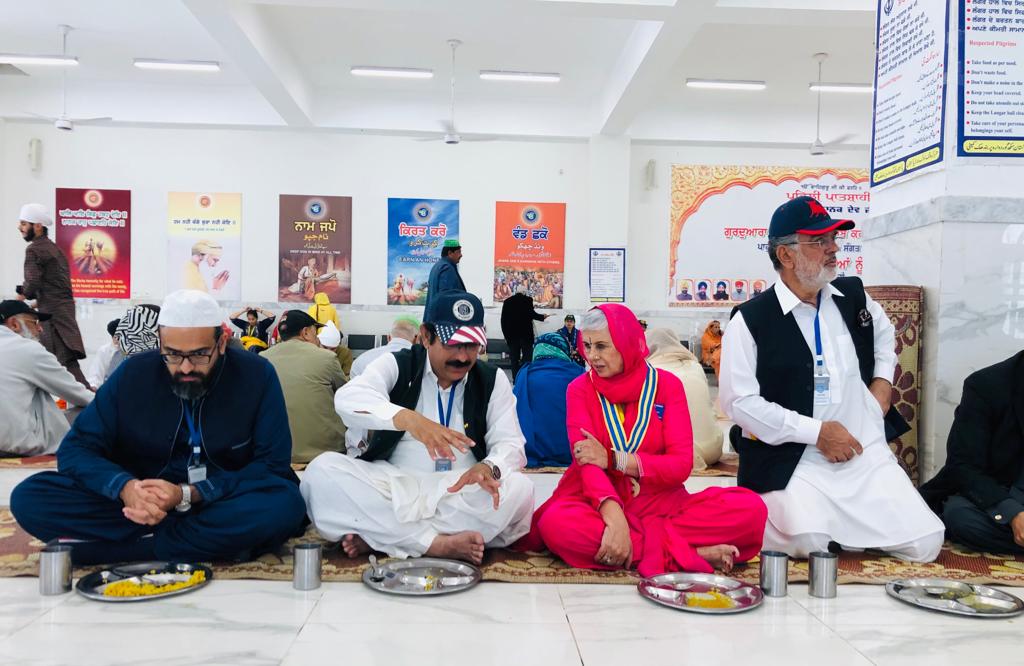

Leave a comment